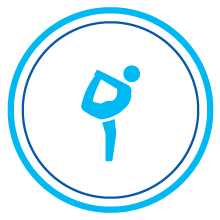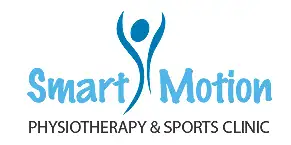Vestibular therapy treats inner ear disorders affecting balance and spatial orientation. The vestibular system includes the parts of the inner ear and brain that control balance and eye movements.
Vestibular therapy involves a series of exercises and activities designed to improve the function of the vestibular system and help patients regain their balance and reduce symptoms such as dizziness, vertigo, and nausea. The therapy may include:
- Habituation exercises: These involve repeated exposure to movements that trigger symptoms, aiming to desensitize the vestibular system over time.
- Gaze stabilization exercises: We design these exercises to improve the ability to maintain focus on a stationary object while the head is in motion.
- Balance training: This involves exercises to improve balance and stability, such as standing on one leg or walking on a foam mat.
- Canalith repositioning maneuvers: These are specific head and body movements used to treat a common type of vestibular disorder called benign paroxysmal positional vertigo (BPPV).
- Strengthening and conditioning exercises: These exercises improve fitness and strength, reducing fall risk and enhancing quality of life.
A licensed physical therapist with specialized training in vestibular rehabilitation typically guides vestibular therapy. The patient’s individual needs and the underlying condition being treated will determine the specific course of therapy.
Our Approach to Vestibular Therapy
At Smart Motion Physiotherapy, we take a holistic and patient-centered approach to treating vestibular disorders. Our experienced physiotherapists conduct a thorough assessment to identify the specific cause of your symptoms. This includes reviewing your medical history, a physical exam, and tests to evaluate balance, gait, and eye movements. Do engage with us for more enquiries


